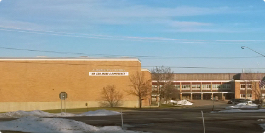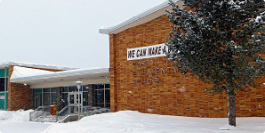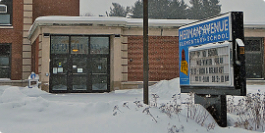Response to Intervention (RTI)


Auburn Enlarged City School District's Response to Intervention Model for Reading
ALL students READING FLUENTLY and COMPREHENDING by the end of GRADE 3.
1. Tier I: It is expected that in TIER I, the classroom teacher will use a varietyof strategies with ALL learners in order to get 80% of the students to proficiency in the content and skills (knows and dos) of the curriculum(Core Instruction).
a. 90 minutes of uninterrupted ELA/Reading instruction.
b. Guided Reading instruction with flexible groups.
c. Universal screenings 3 times per year (fall, winter, spring) (This includes but is not limited to the Curriculum, Instruction, Assessment plan assessments and DIBELS)
d. Students initially identified as at-risk on screening measures are progress monitored.
2. Tier II: It is expected that in TIER II, the classroom teacher plans and uses a variety of interventions with 10-15% of the students who are not responding to TIER I instruction.
a. Teacher/Student Ratio=1:2 – 1:5, 10-30 weeks minimum
b. 20-30 min per session– 3-4 times per week
c. Progress Monitor – 2 times per month
d. Tier II can be delivered by: Classroom teacher, assistant, aide,AIS teacher, special education teacher, and librarian or parent helper. **(Within classroom setting when possible.)**
e. RtI/CST team meeting in order to review progress of TIER II students
3. Tier III: It is expected that in TIER III, the AIS or special education teachers use a variety of intensive and customized interventions with 1-5% of the students who are not responding to TIER II interventions.
(Usually outside of the classroom setting.)
a. Teacher/Student Ratio= 1:1 or 1:2, 10-30 weeks
b. 30-60 min. per session – 5 times per week
c. Progress monitor – 1 time per week.
*When a student does not respond to consistent interventions in TIER III, a recommendation may be made to the Committee on Special Education (CSE).









